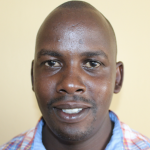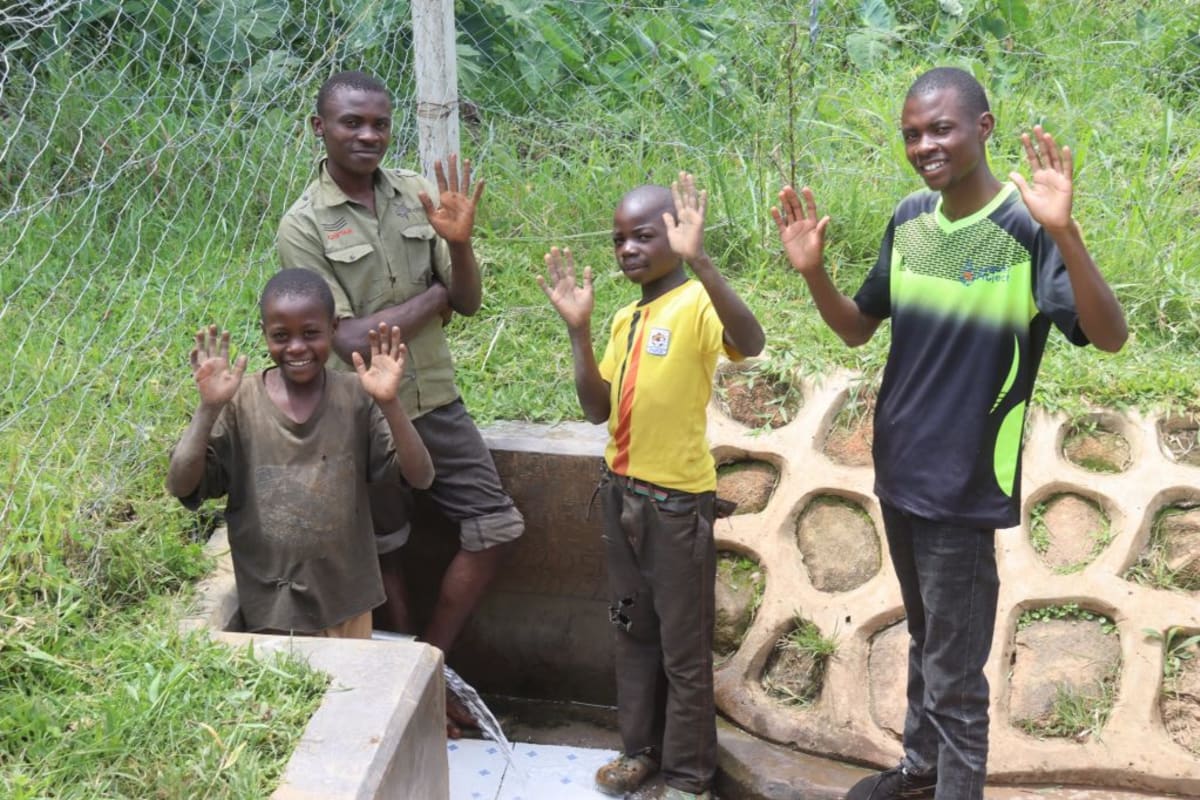The water crisis in Shiyenga is worst during the year's dry season when community members who typically rely on shallow wells and rainwater harvesting need to find water elsewhere. This lack of water leads the 105 community members to Buyanzi Spring, far away from residential homes with some walking up to 3km (nearly 2 miles) to the unprotected water source.

The spring is open to several different types of contamination and unsafe for consumption. Community members become sick. Demina Chillicati, a local farmer, shared, "I have been occasionally a victim of waterborne and water-related diseases by use of water fetched at this water point without treating or boiling it to make it safe for consumption. More so, we are wasting a lot of our precious time scooping water because there is no pipe fitted at the water source to ease [the] collection of water."
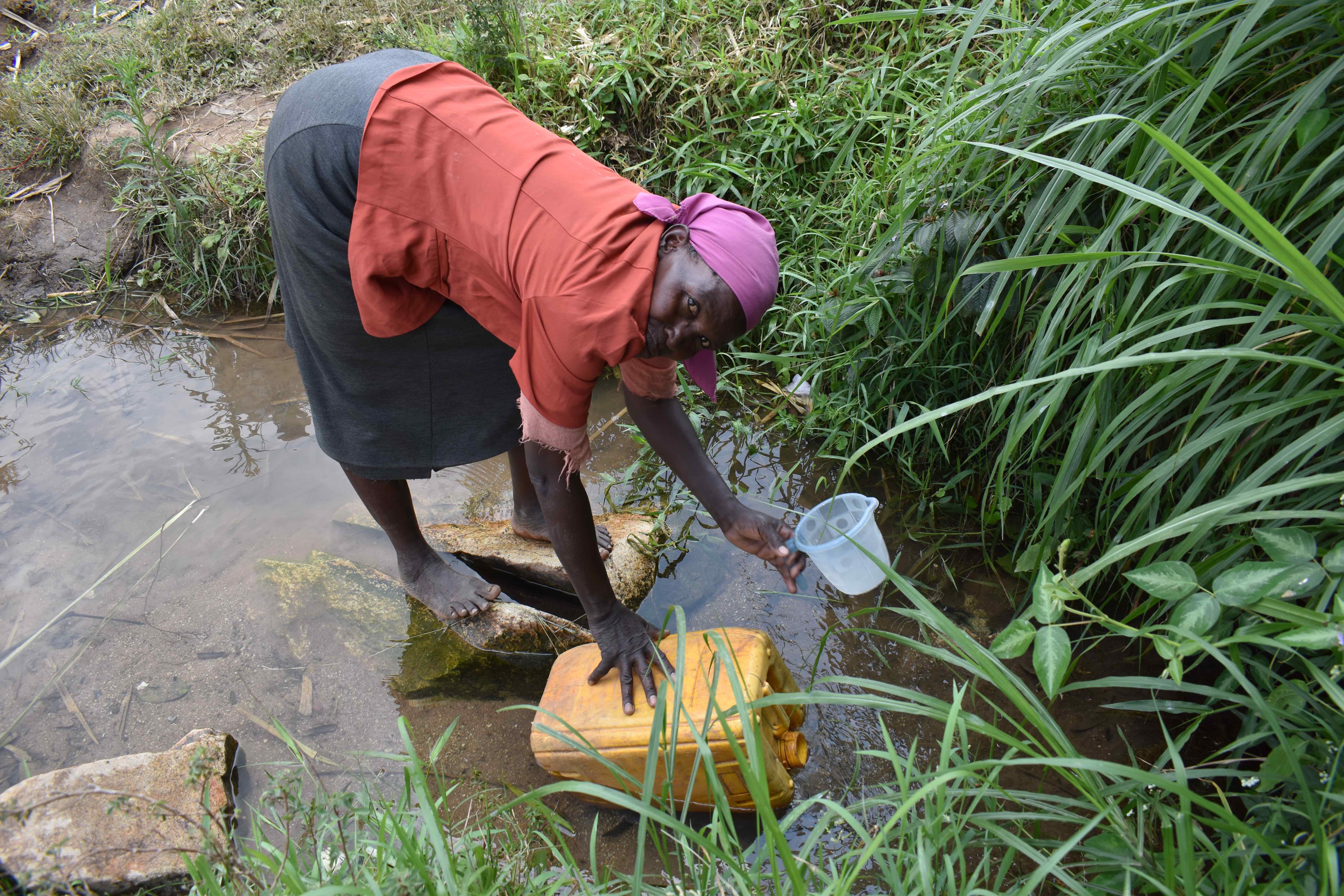
Community members do their best to carefully collect water for drinking, cooking, and cleaning without stirring it up using a small scooping container. However, this doesn't solve the issue of unclean water because people bathe and wash dirty clothes right in the spring's water. The land around the spring also gradually slopes toward it, and without protection, the runoff deposits solid and liquid waste directly into the water.
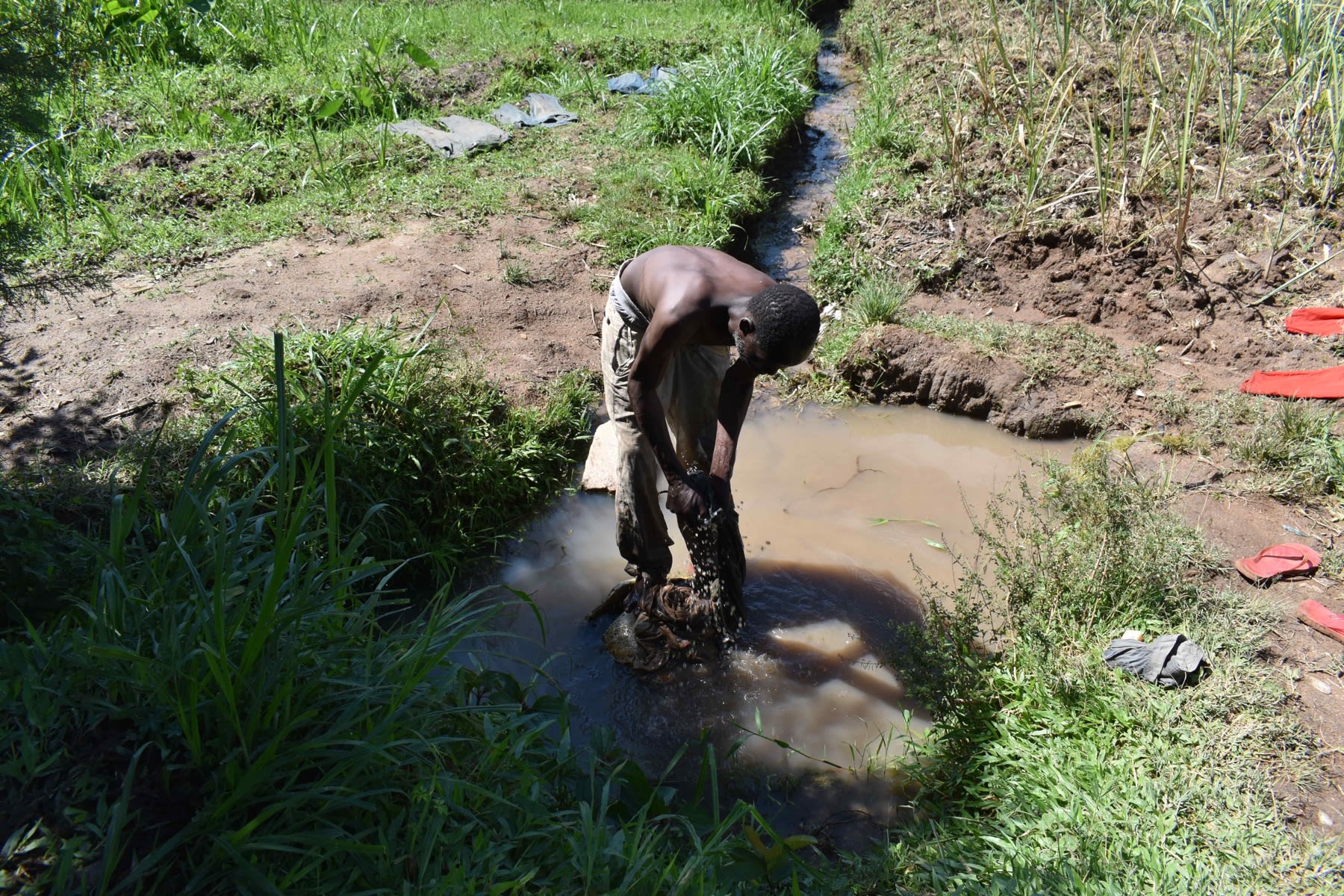
"I hate coming for water here because one time, one of the community members who is elderly caned me for making [the] water dirty while I was scooping it using a smaller container. It wasn't my fault. The smaller container fell back into the water as I was trying to pour it into the bigger container," said Silas, age 10.
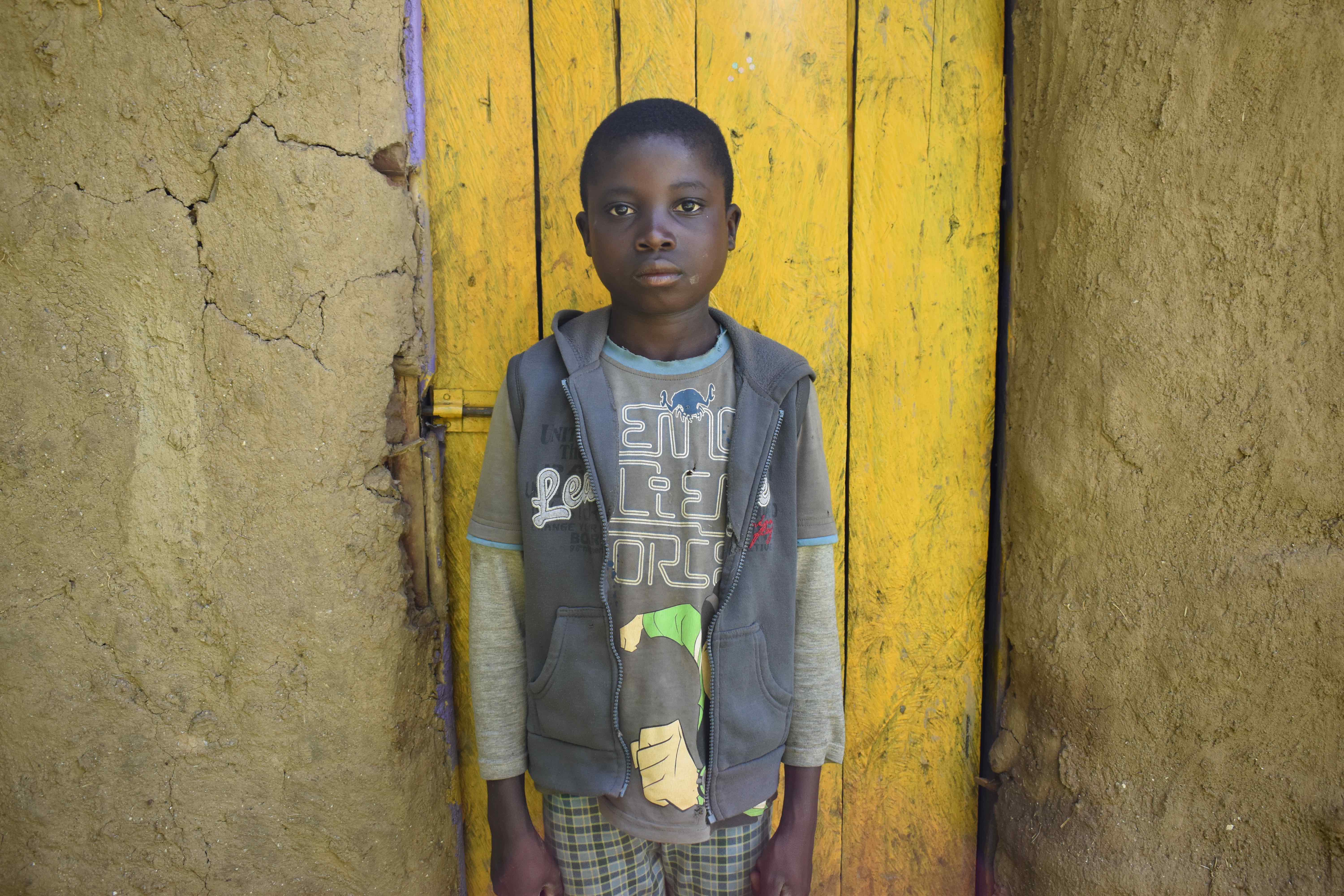
He continued, "Besides that, I have missed going to school on several occasions as a result of using water fetched here. Typhoid and headache have been a challenge associated with drinking water fetched at this water point."
This community is well-known for innovation. Recently, national media stations featured a young boy from Shiyenga for inventing a wooden bicycle. Clean water is vital for young people to be well enough to create and innovate, and this spring protection will make good health possible.
What We Can Do:
Spring Protection
Protecting the spring will help provide access to cleaner and safer water and reduce the time people have to spend to fetch it. Construction will keep surface runoff and other contaminants out of the water. With the community's high involvement in the process, there should be a good sense of responsibility and ownership for the new clean water source.
Fetching water is a task predominantly carried out by women and young girls. Protecting the spring and offering training and support will, therefore, help empower the female members of the community by freeing up more of their time and energy to engage and invest in income-generating activities and their education.
Training on Health, Hygiene, COVID-19, and More
To hold trainings during the pandemic, we work closely with both community leaders and the local government to approve small groups to attend training. We ask community leaders to invite a select yet representative group of people to attend training who will then act as ambassadors to the rest of the community to share what they learn. We also communicate our expectations of physical distancing and wearing masks for all who choose to attend.
The training will focus on improved hygiene, health, and sanitation habits in this community. We will also have a dedicated session on COVID-19 symptoms, transmission routes, and prevention best practices.
With the community's input, we will identify key leverage points where they can alter their practices at the personal, household, and community levels to affect change. This training will help to ensure participants have the knowledge they need about healthy practices and their importance to make the most of their water point as soon as water is flowing.
Our team of facilitators will use a variety of methods to train community members. Some of these methods include participatory hygiene and sanitation transformation, asset-based community development, group discussions, handouts, and demonstrations at the spring.
One of the most important issues we plan to cover is the handling, storage, and treatment of water. Having a clean water source will be extremely helpful, but it is useless if water gets contaminated by the time it is consumed. We and the community strongly believe that all of these components will work together to improve living standards here, which will help to unlock the potential for these community members to live better, healthier lives.
We will then conduct a small series of follow-up trainings before transitioning to our regularly scheduled support visits throughout the year.
Training will result in the formation of a water user committee, elected by their peers, that will oversee the operations and maintenance of the spring. The committee will enforce proper behavior around the spring and delegate tasks that will help preserve the site, such as building a fence and digging proper drainage channels. The fence will keep out destructive animals and unwanted waste, and the drainage will keep the area's mosquito population at a minimum.

 Protected Spring
Protected Spring
 Rehabilitation Project
Rehabilitation Project











